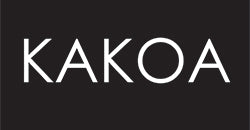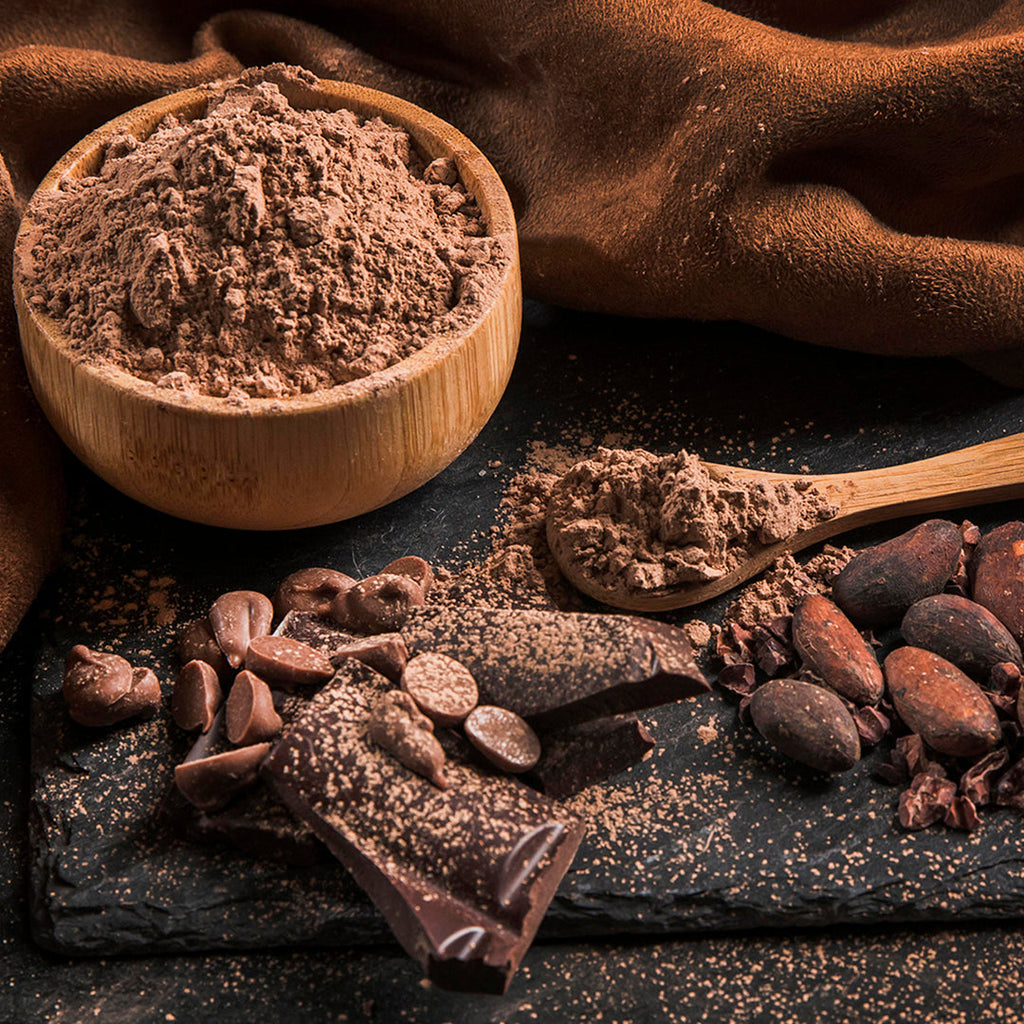In an increasingly health-conscious and ethically-minded world, the demand for vegan options across all food categories has surged, and chocolate is no exception. Consumers need to be able to see vegan chocolate ingredients. Once a niche product, vegan chocolate has moved squarely into the mainstream, offering delightful indulgences without animal-derived ingredients. But for the uninitiated, navigating the world of chocolate and often, ‘dairy free’ labels, to determine what is truly vegan can be a little confusing. It can be difficult, how to tell if chocolate is vegan.
At Friars of Keswick, we believe in transparency and empowering our customers to make informed choices, which is why we’re excited to introduce our new vegan options, like the upcoming Vegan Dubai Chocolate Bar. Understanding what makes chocolate vegan starts with a quick guide to its core ingredients and how to interpret labels effectively. Labels need to be succinct and clear, for example, telling the consumer specifically with ‘dairy free’ labels.
The Basics: What Are Vegan Chocolate Ingredients?
Traditional chocolate primarily consists of:
-
Cocoa Mass/Liquor: The ground-up nibs of the cocoa bean, containing both cocoa solids and cocoa butter. This is naturally vegan.
-
Cocoa Butter: The fat extracted from the cocoa bean. This is also naturally vegan.
-
Sugar: Sweetener. Typically vegan, though some sugar processing involves bone char (less common in the UK/Europe but worth noting for international products).
-
Emulsifier: Often lecithin (e.g., soy lecithin or sunflower lecithin) to provide a smooth texture. This is generally vegan.
-
Flavourings: Such as vanilla extract. Usually vegan.
So, where do animal products come into play?
The Non-Vegan Culprits in Conventional Chocolate
The main ingredients that make conventional chocolate non-vegan are dairy products.
-
Milk Powder/Milk Solids: This is the most common non-vegan ingredient. Milk chocolate, by definition, contains powdered milk or condensed milk to give it its creamy texture and milder flavour. Even some dark chocolates, which might appear dairy-free, can contain milk solids for texture or flavour balance.
-
Butterfat/Anhydrous Milk Fat: Concentrated milk fat used to enhance creaminess and mouthfeel.
-
Casein/Whey: Milk proteins sometimes added as fillers or for texture.
-
Lactose: Milk sugar.
-
Carmine (E120): A red food colouring derived from cochineal insects, sometimes used in coloured confectionery or coatings. While not directly a chocolate ingredient, it can be present in inclusions or decorative elements.
-
Confectioner's Glaze/Shellac (E904): A common coating for shiny candies and some chocolate-covered items, derived from insects.
-
Honey: Occasionally used as a sweetener in some artisan chocolates, which is not vegan.
Hidden or Trace Ingredients: Cross-Contamination
Beyond the explicit ingredients, there's another layer of consideration for strict vegans: cross-contamination. Many chocolate manufacturers produce both dairy and vegan chocolate on the same equipment. While thorough cleaning procedures are standard, trace amounts of milk can sometimes remain.
-
"May Contain Milk": This advisory label indicates that while milk isn't an intentional ingredient, the product is made in a facility or on shared lines where milk-containing products are also processed. For individuals with dairy allergies, this is crucial. For ethical vegans, it's a personal choice. Some vegans are comfortable with "may contain" warnings as long as dairy isn't an intentional ingredient, while others prefer to avoid such products entirely. At Friars, we are very careful with our vegan production, but it’s always good to be aware of these advisories.
Understanding Labels: Your Vegan Chocolate Checklist
Becoming adept at reading chocolate labels is your best tool for identifying truly vegan options. When you want to know how to tell if chocolate is vegan, check the label. This will list your vegan chocolate ingredients and most often will have a dairy free label on it. That said, it will pay to be aware of some ingredients used in chocolates that you may otherwise not be aware are animal by products. Some sugar production for example utilises charred animal bones in the refining process. Remember, if you want to know how to tell if chocolate is vegan,’Read the label’!
-
"Vegan" Certification: The easiest route! Look for official vegan certification symbols from reputable organisations (e.g., The Vegan Society in the UK, Vegan Action in the US). These symbols mean the product has been verified to contain no animal ingredients and typically adheres to strict cross-contamination standards.
-
Ingredients List Scrutiny: If no vegan label is present, carefully read the ingredients list.
-
Prioritise Dark Chocolate: As a general rule, dark chocolate is more likely to be vegan than milk or white chocolate. However, always check! Many dark chocolates contain milk solids.
-
Look for Plant-Based Milk Alternatives: If it's a "milk" chocolate or creamy bar, check for oat milk powder, rice milk powder, almond milk powder, or coconut milk powder instead of dairy milk.
-
Avoid: Milk, milk powder, milk solids, whey, casein, butterfat, anhydrous milk fat, lactose, carmine, shellac, honey.
-
Check Emulsifiers: While soy lecithin and sunflower lecithin are vegan, be aware that some older or non-specialty chocolates might use lecithin derived from eggs (though this is less common).
-
Sugar Source (for strict vegans): In the UK and Europe, most sugar processing does not involve bone char, making it generally vegan-friendly. In the US, some cane sugar is filtered through bone char. If this is a concern for you, look for products that specifically state "bone char-free sugar" or use beet sugar, organic sugar, or unrefined sugar.
-
-
Allergen Information: The "contains" allergen statement will explicitly list common allergens like milk. This is a quick way to rule out dairy, though it doesn't confirm vegan status (e.g., a product could be dairy-free but contain honey).
-
Brand Reputation: Over time, you'll learn which brands are reliably vegan-friendly. Brands like KAKOA found at Friars of Keswick, (and online), who are actively expanding their vegan range, will clearly market their vegan options.
The Evolution of KAKOA Vegan Chocolate
At KAKOA, our commitment to ethical sourcing through schemes like Cocoa Horizons already lays a strong foundation for responsible chocolate. Introducing our vegan range, including the upcoming Vegan Dubai Chocolate Bar, is the next natural step in ensuring our delicious products are accessible and align with the values of a wider audience. We’ve meticulously developed our vegan recipes to ensure they offer the same luxurious taste and texture you expect from us, without any animal-derived ingredients. We're proud to offer a growing selection that tastes good and aligns with your conscience. So if you are looking for dairy free labels and the finest vegan chocolate ingredients KAKOA is for you.
Choosing vegan chocolate is a delicious way to enjoy your favourite treat while making a positive impact on animal welfare and the environment. By understanding what to look for on a label, you can confidently navigate the exciting world of plant-based chocolate and know how to tell if chocolate is vegan.



